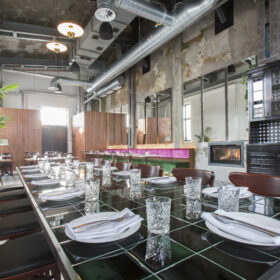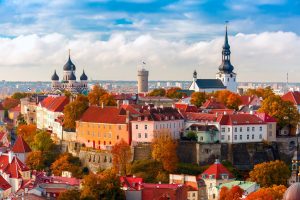Colorful architecture of Old Town
Tallinn is a dreamy walk through history, in fusion with urban cool and regeneration vibes. Having heard so much about e-residency and an electronic currency focus, this would be a continually evolving capital city, only a short stroll away from the old town.
Estonia might not get that much attention on an international level for its tourism but having visited Tallinn and met some super-friendly locals while doing so, you might be waiting to get back and explore the country more. That was undoubtedly a highlight of cruising for me; you get an introduction and can pick out the places you want to head back to.
HISTORY OF TALLINN
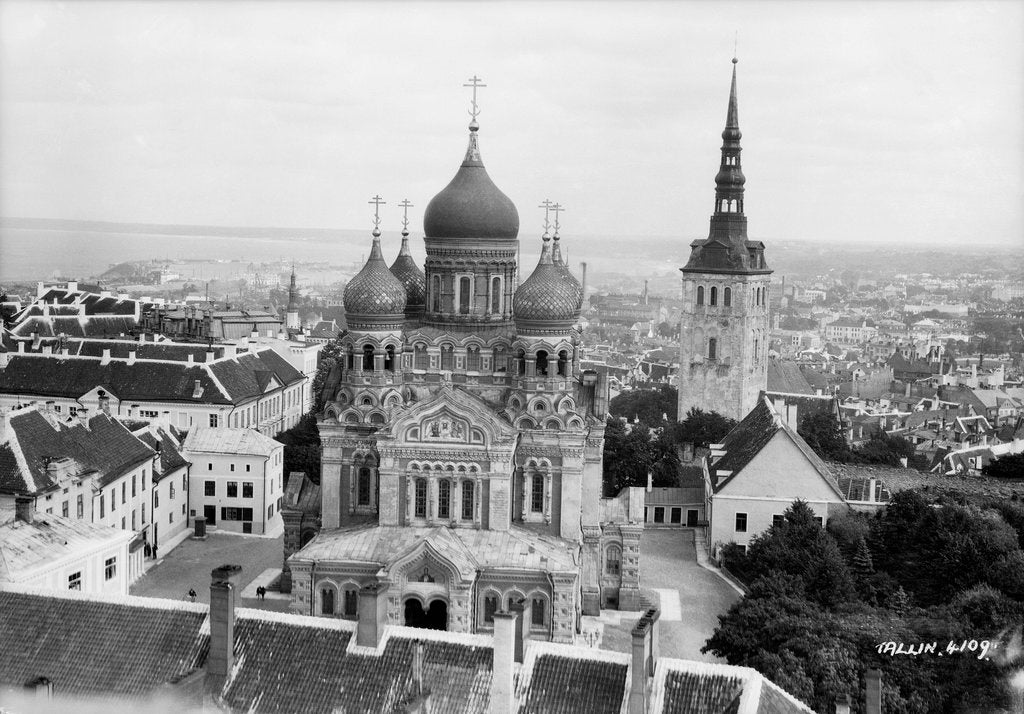
Walking through Tallinn’s Old Town is like stepping back into a medieval world, not just because of the traditional attire and shop signs. While most of Europe has changed over the ages, Tallinn’s UNESCO-listed old town has been conserved, which means that this beautiful ancient city established in the 13th century still has its appeal.
After the crusade, present-day Southern Estonia and Latvia territory was named Terra Mariana, but later it became known simply as Livonia. Northern Estonia became the Danish Duchy of Estonia, while the rest was divided between the Sword Brothers and the prince-bishoprics of Dorpat and Ösel–Wiek.
Estonia seamlessly blends old and new with more than 1,500 islands, swaths of untouched old-growth forests, and historic castles and churches. Be sure to get out of Tallinn, too. There’s more to the country than just its capital.
This travel guide to Estonia can give you the tips and tricks you need for visiting on a budget so you can plan the ultimate adventure without breaking the bank.
HOW TO GET AROUND IN TALLINN
- Public Transportation – You can walk anywhere in Estonia’s smallest villages and cities. However, you may wish to take public transportation in major cities like Tallinn. You may buy QR-code tickets or put money onto a Smartcard in Tallinn (a pre-paid bus card). A vast network of trams, trolleys, and buses serves the city and adjacent suburbs.
Public transportation prices vary by city but expect to pay around 1.50 EUR for a standard 1-hour adult ticket.
- Trains – Trains in Estonia are dependable, inexpensive, and rapid. Many of them even feature free Wi-Fi. You may ride a fast train from Tallinn to Tartu in under two hours for 8-12 EUR each way. The two-hour journey from Tallinn to Viljandi costs 10-12 EUR, yet the seven-hour train voyage from Tallinn to Riga, Latvia, costs only 15 EUR.
- Bus – Many people favor train travel over bus travel in Estonia because the prices are similar and, in many cases, the trains are faster. However, there are more scheduled buses per day than trains, so the bus might better fit your schedule.
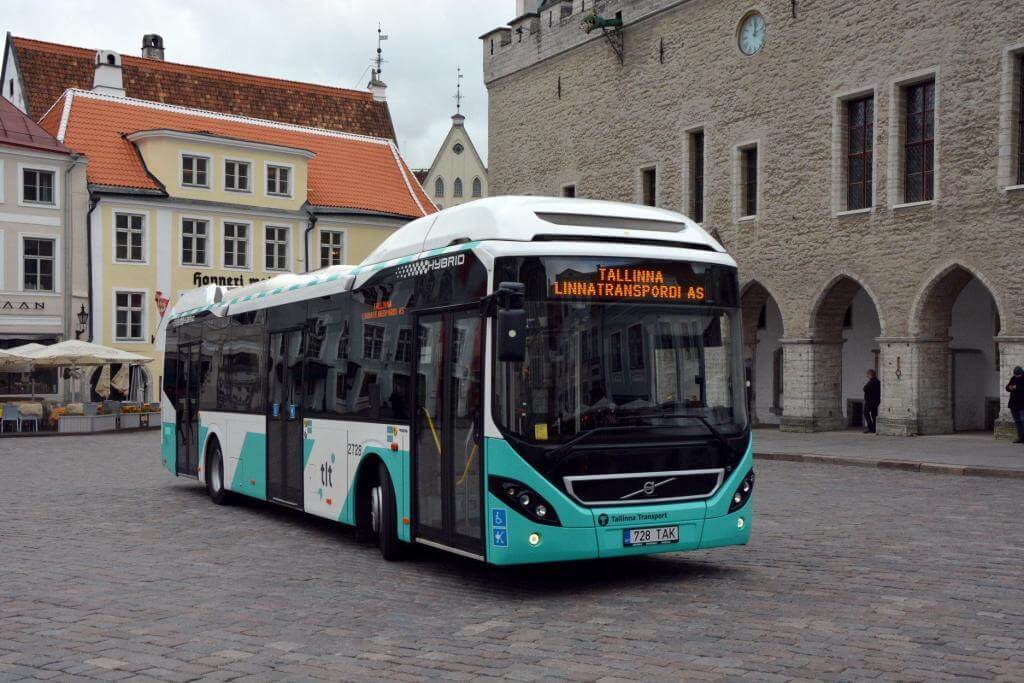
Buses start at just 5 EUR. To get from Tallinn to Tartu takes 2.5 hours (just 30 minutes longer than the train) and costs around 10 EUR. The bus from Tallinn to Saaremaa Island takes around 4 hours and costs 9 EUR, while the journey from Tallinn to Viljandi takes just over 2 hours and costs 9 EUR. Expect to pay around 16 EUR for the 5.5-hour bus to Riga, Latvia.
- Budget Airlines – Although there are domestic flights within Estonia, they’re prohibitively expensive and won’t save you any time as a high-speed train is almost as fast when you include check-in time. Skip flying.
- Ridesharing – Uber is available in the northern region of Estonia around Tallinn. For longer rides, use BlaBlaCar. It’s a long-distance ridesharing app that, while not as cheap as the bus, is often faster (and more enjoyable since you get to meet a local).
- Car Rental – Car rentals cost as little as 35 EUR per day, but you need an International Driving Permit (IDP) to rent a car here.
- Hitchhiking – Hitchhiking in Tallinn is safe and relatively common. If you stick to major roads and use a sign, you shouldn’t wait too long for a ride. HitchWiki is the best website for additional hitchhiking info.
WHEN TO GO TO TALLINN
The summer months of June-August are the busiest of the year (though busy in Estonia is far less busy than in cities in Western Europe). During this time, the days are longer, and the temperatures hover around 20°C (68°F). Almost all of Estonia’s festivals happen during these months.
To beat the crowds, visit between April-May and early autumn. During these months, the Tallinn weather is cooler, making it the perfect time to camp or hike outdoors. Plus, the peak tourist season is over, so the crowds are thinner, and things are a little cheaper.
During the winter, temperatures plummet, and the country is blanketed in snow. Visiting Tallinn during the winter can be a magical experience if you are interested in skiing or Christmas markets. However, temperatures can drop to -10°C (15°F).
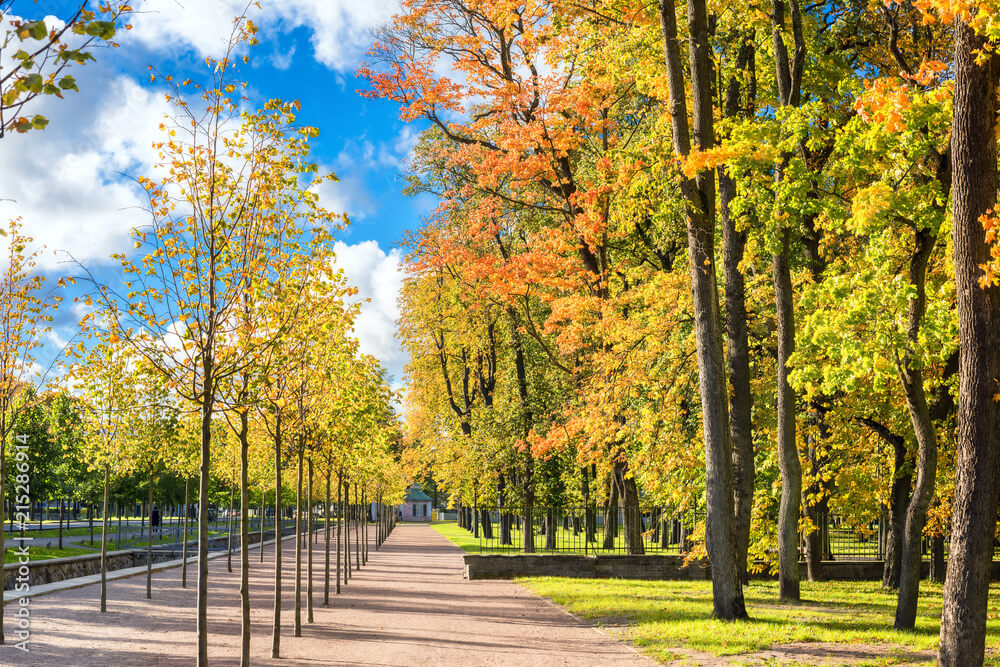
Things You Didn’t Know About Tallinn, Estonia’s Capital City
1. Tallinn’s Old Town is an Old World Treasure
Tallinn’s Old Town is a popular tourist destination, and a UNESCO World Heritage Site considered one of Europe’s best-preserved Medieval cities. The magnificent towering stone Viru Gate, which greets tourists to the city’s historic center, originates from the 14th century and was part of the city’s fortifications.
2. The Town Hall Pharmacy Has Been in Business for Over 500 Years
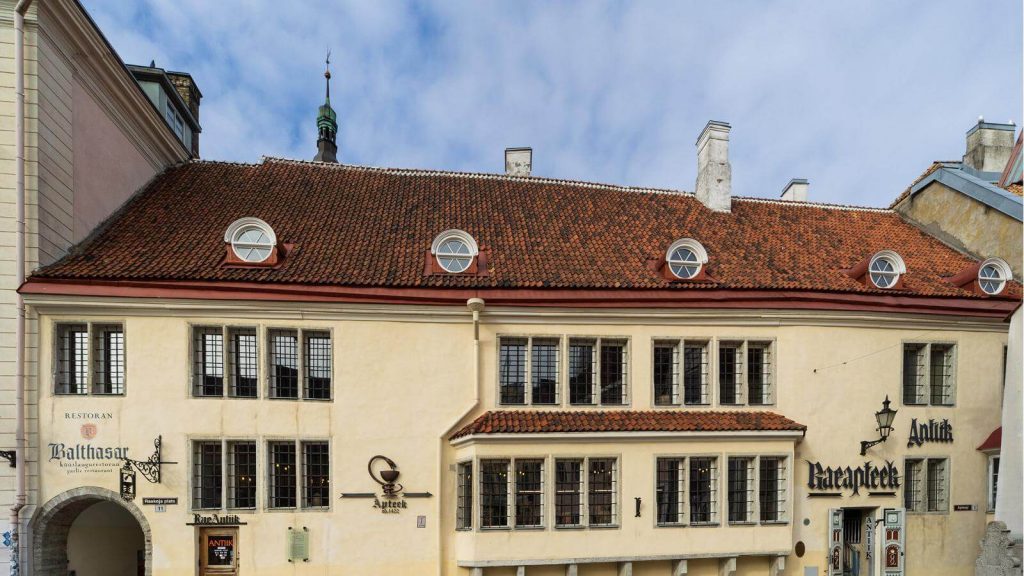
Tallinn’s official records first mention the Town Hall Pharmacy, known as “Raeapteek” in Estonian, in 1422. Since then, and maybe earlier, the pharmacy has continued to function in much the same way. It is currently renowned as Europe’s oldest pharmacy. The pharmacy now sells contemporary medicine, but there is also a display of ancient medicines and treatments from centuries ago.
3. Tallinn is Also Home to Estonia’s Oldest Café

Tallinn’s Maiasmokk Café, the country’s oldest, has been operating since 1864. The inside of the shop has remained unchanged for almost a century, adding to the establishment’s historical beauty. Guests may sample traditional Estonian cuisine and visit the on-site marzipan museum.
4. Tallinn Hosts Estonia’s Largest Cultural Festival
The Estonian Song and Dance Celebration, which happens only once every five years, was designated as a UNESCO Oral and Intangible Cultural Heritage of Humanity. The festivals are massive; in 2014, the Estonian Song Festival amateur chorus had 30,000 members. The celebration serves to preserve traditional Estonian folk singing and dance.
5. The Church Was Once the Tallest Building in the World
From roughly 1549 until 1625, St. Olaf’s Church was mentioned in documents as the tallest tower in the world. This is a bit difficult to verify, but even without the title, the church is an amazing landmark in Tallinn’s Old Town with a lengthy history. The holy structure, built in the 12th century, is dedicated to Saint Olav, also known as King Olaf II of Norway. It is now a thriving Baptist church with a devoted congregation.
6. Tallinn is the Silicon Valley of Europe
Estonia boasts the most businesses per person in Europe and even offers a ‘Startup Visa’ to encourage young entrepreneurs to migrate and join its booming startup culture. Tallinn gave birth to digital household names like Skype and up-and-comers like MeetFrank, and that list will keep increasing in the coming decades.
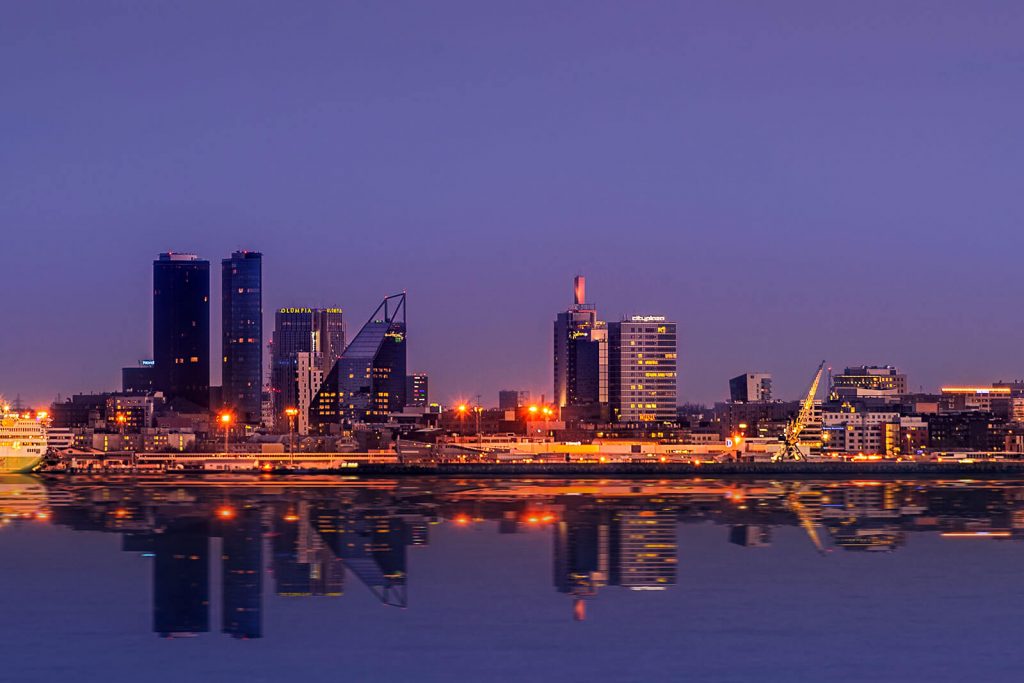
FOOD IN TALLINN
Russia, Germany, and Scandinavia influenced Estonian cuisine. You don’t need a lot of money to dine properly here. Expect to pay between 6 and 12 EUR for a cheap supper at a café or restaurant. These recipes have typical ingredients such as meat, potatoes, and seasonal vegetables. Soups are also a popular main meal. Pickled beets, cucumbers, fish, rye bread, and herring form the foundation of most of the local cuisine. Open-faced sandwiches are a popular on-the-go snack in Scandinavia. Two popular national meals are verevorst and mulgikapsad (blood sausage and sauerkraut).
A traditional sausage or stuffed pancake costs just under 3 EUR while fast food meals (think McDonald’s) cost around 6 EUR.A multi-course lunch with table service at a restaurant costs roughly 40 EUR, including a drink. Grilled fish, lamb ribs, and roasted pig or duck are also on the menu. Expect to pay roughly 12-15 EUR for a supper of Thai or Indian cuisine (which is only accessible in Tallinn and Tartu).
Beer costs around 3-4 EUR. A latte/cappuccino is 2.75 EUR while bottled water is 1.40 EUR.If you plan to cook your food, you can expect to spend around 30-35 EUR for a week’s worth of groceries. This includes pasta, rice, seasonal produce, and meat.
- WHAT IS TRADITIONAL ESTONIAN FOOD?
Estonian cuisine has a rich history. It is based on traditional cooking traditions and the best local ingredients. Still, it takes inspiration from the cuisines of surrounding countries like Finland, Sweden, Russia, Germany, and Latvia.

Estonia is bounded to the north and west by the Baltic Sea. Hence fish is abundant in coastal and lakeside regions. Traditional Estonian cuisine includes potatoes, dairy products, and meat. Estonia is excellent if you want to taste game meat like wild boar.
MUST-TRY ESTONIAN DISHES
1. Eesti Kartulisalat
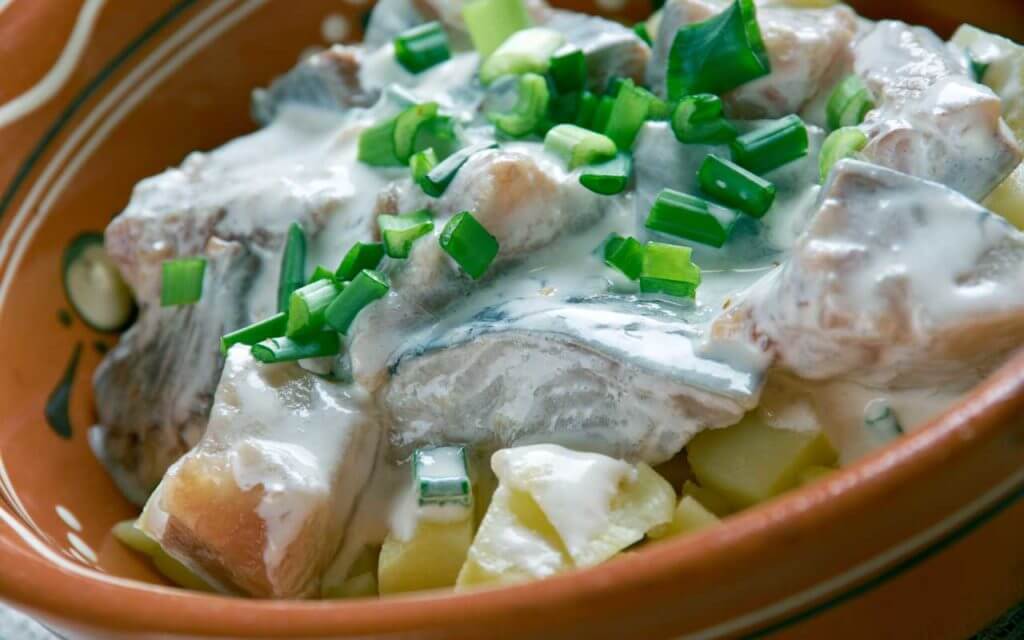
2. Rosolje
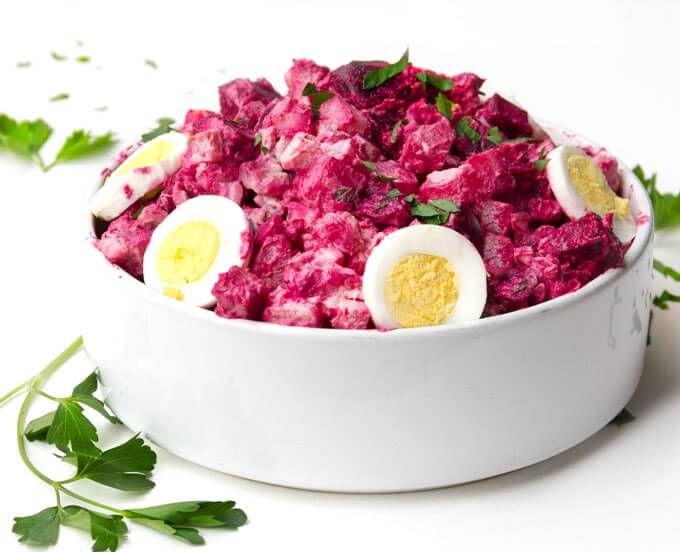
Rosolje is a purple salad with cooked potatoes, beetroot, herring, and pickle, commonly served as a side dish. Salads frequently feature hard-boiled eggs, pork, or apples. The different components are covered with sour cream, mayonnaise, and a mustard dressing, contributing to rosolje’s excellent purple Estonian flavor.
3. Mulgikapsad
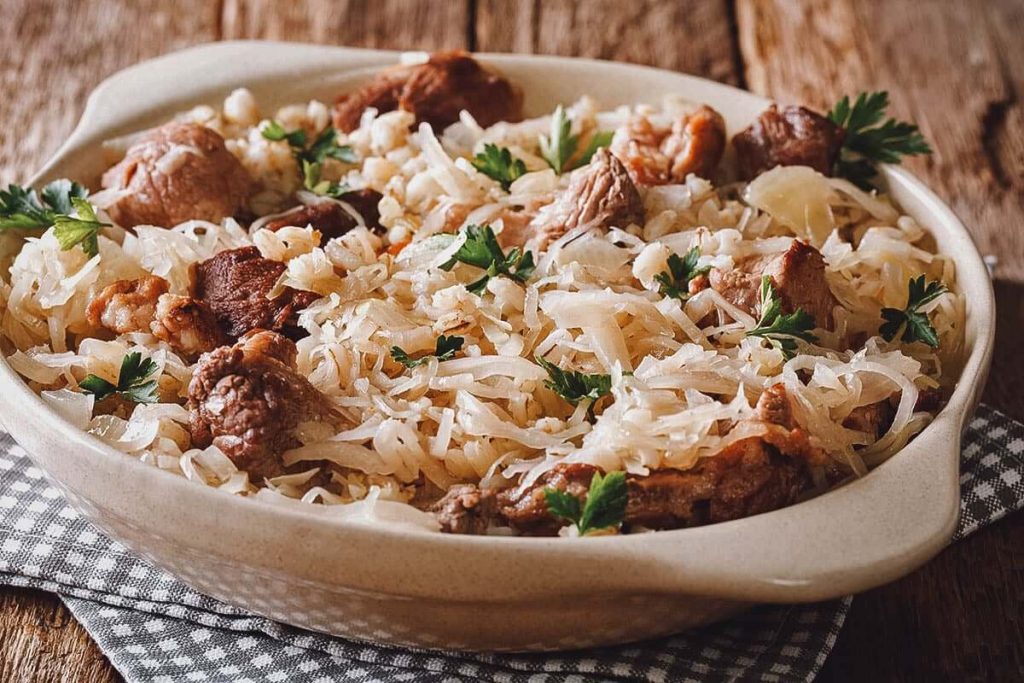
Mulgikapsad is an Estonian dish that dates back centuries. Mulgikapsad hails from Mulgimaa in southern Estonia, as the name suggests. It gained popularity and ultimately expanded throughout the country. It was well-known in many other regions of Estonia by the end of the nineteenth century.
4. Mulgipuder
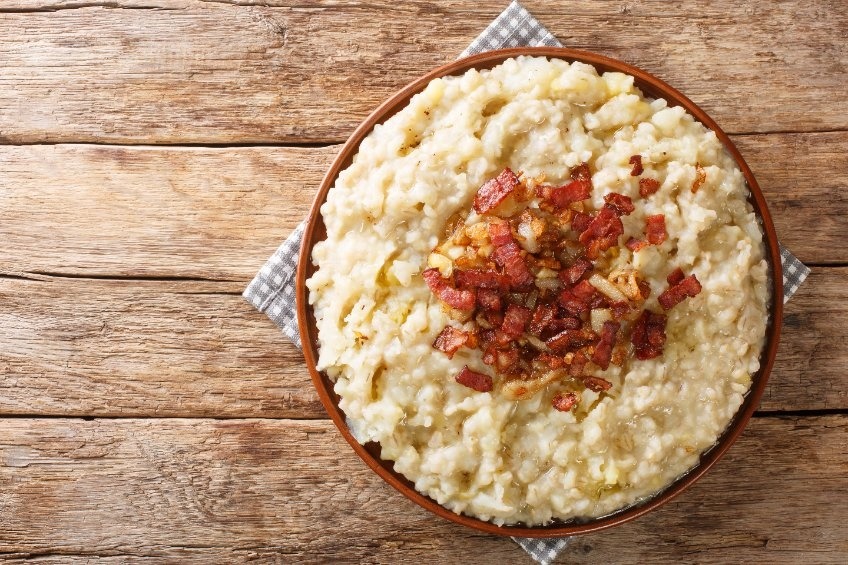
Mulgipuder is an inexpensive, warm, and nourishing Estonian cuisine commonly served as a side dish with bacon, sautéed onions, sour cream, and rye bread.
5. Verivorst
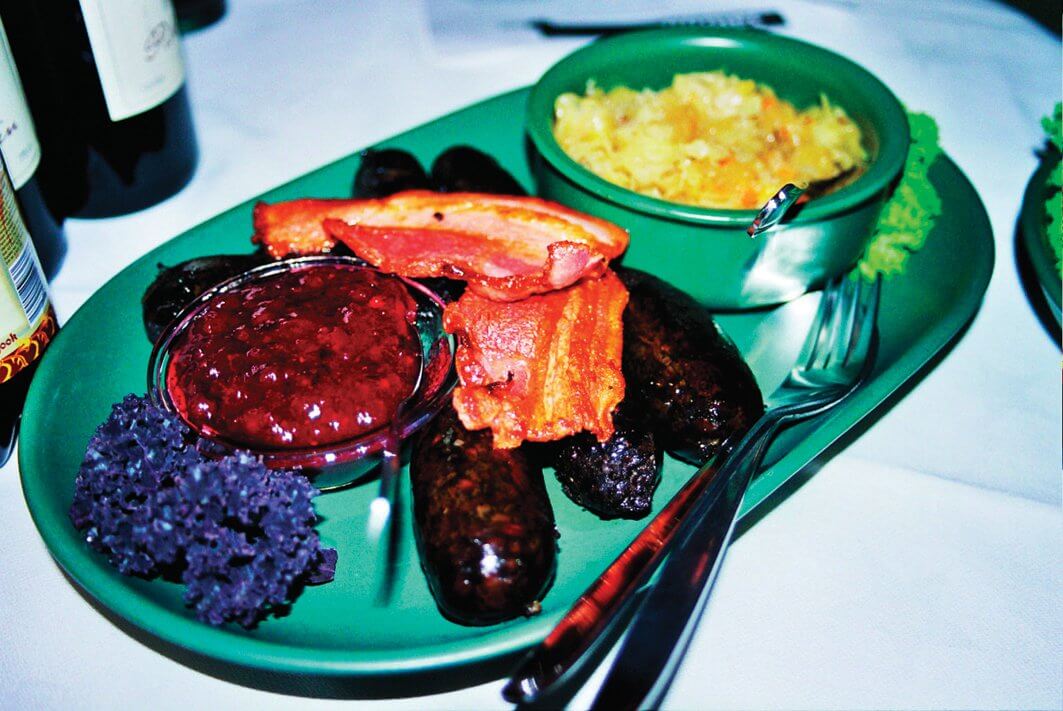
Verivorst is usually baked or fried in a skillet and served with cranberry jam, marinated pumpkin, sour cabbage, and sour cream. This combo is always featured on Estonian Christmas tables.
6. Kringel
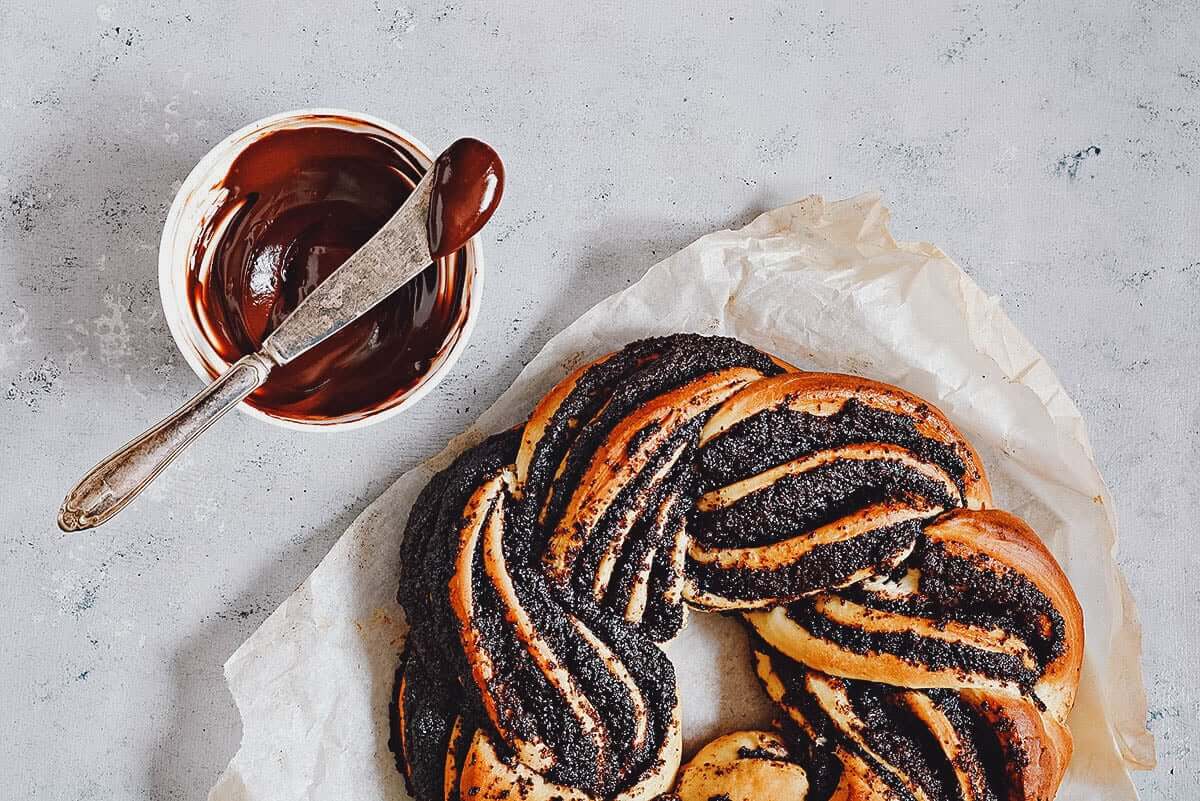
Savoury kringel is frequently cheesy and packed with ham, although plant-based alternatives are regularly being launched onto the market.
7. Kirju Koer
- Take a Free Walking Tour – Tallinn offers a handful of free walking tours, which are great ways to familiarise yourself with the city and the culture. Most hostels offer them, and some even have a special focus (such as the city’s Communist past). Just be sure to tip your guide!
- Wild Camp – If you want to save money in Estonia, bring your tent, as wild camping is legal. You can pitch your tent on public land throughout Estonia. Just make sure to clean everything when you leave.
- Cook Your Meals – Many hostels have kitchen facilities so you can cook your meals. Buying your groceries may not be as glamorous as going out to eat, but it does save you money.
- Stay with a Local – Staying with a local via Couchsurfing is an excellent way to meet a knowledgeable local who can help you better understand the city and its people. You’ll make a friend, learn more about the destination, and get a free place to stay.
- Enjoy the Free Spaces – There are plenty of free parks and many free hiking trails around the country, Also, If you’re on a tight budget, enjoy the outdoors.
- Get an ISIC Card – To save 20-50% on admission to museums and other tourist attractions, be sure to present a valid student card. The ISIC is typically accepted in places where a foreign student ID is not.
- Get the Tallinn Card – This card provides unlimited use of public transportation, free admission to more than 40 attractions, as well as other discounts. It comes in 24-, 48-, and 72-hour passes for 28 EUR, 42 EUR, and 51 EUR, respectively.
Remember: if you wouldn’t do it at home, don’t do it in Estonia!
The most important advice I can offer is to purchase good travel insurance. Travel insurance protects you against illness, injury, theft, and cancellations. It’s comprehensive protection in case anything goes wrong. I never go on a trip without it as I’ve had to use it many times in the past. You can use the widget below to find the policy right for you:
FAQ
- Is Tallinn part of Russia?
Estonia, Latvia and Lithuania had been part of the Russian Empire since the end of the 18th century, but after the Russian Revolution of 1917, they became independent states.
- Is Tallinn worth visiting?
Although you should keep in mind that it is slightly overhyped, the Old Town is cute but not especially exciting; it’s extremely crowded, which can hamper your enjoyment, particularly of you come during summer. Visit Tallinn with an open mind but also a clear head.
- Do they speak English in Tallinn?
Throughout Estonia, you’ll find people willing and able to speak English. Besides English, Finnish and Russian are the most common languages.
- Are two days in Tallinn enough?
Also, If you don’t have a lot of time but still want to get a lot out of the city, then spending 2 days in Tallinn is certainly an option.
- Is Tallinn a good place to live?
Tallinn is one of Europe’s quintessential, classic capital cities with plenty of attractions and picturesque sights for wandering visitors. It is also one of the best digital nomad spots in Europe, offering a relatively low cost of living for EU standards, many cafes and co-working spaces and great visa opportunities.
- When should I go to Tallinn?
The best time to visit Tallinn is late Spring or summer when the weather is at its best. This is the time of year when Estonia’s Festivals start.
- Can you see Northern Lights in Tallinn?
Lahemaa National Park is the most northern of the places in Estonia where you can see the northern lights, based on local recommendations.
- Do I need a visa to go to Tallinn?
To travel to Estonia for a short trip lasting fewer than 90 days, you will need an Estonian Schengen Visa, as it is part of the Schengen Area of European countries that have abolished border controls between each other.
- What currency is in Estonia?
The currency of Estonia is the Euro.
- Which is the richest Baltic country?
“Baltic Tiger” is a term that refers to Estonia, in particular, as the richest and best-developed country.
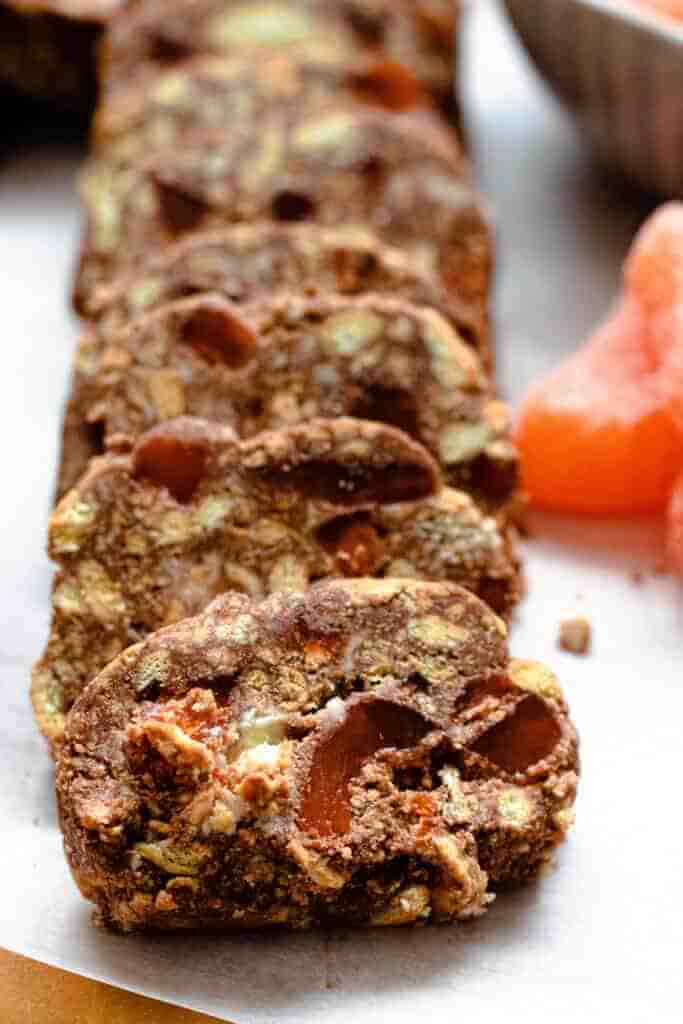
8. Vastlakukkel
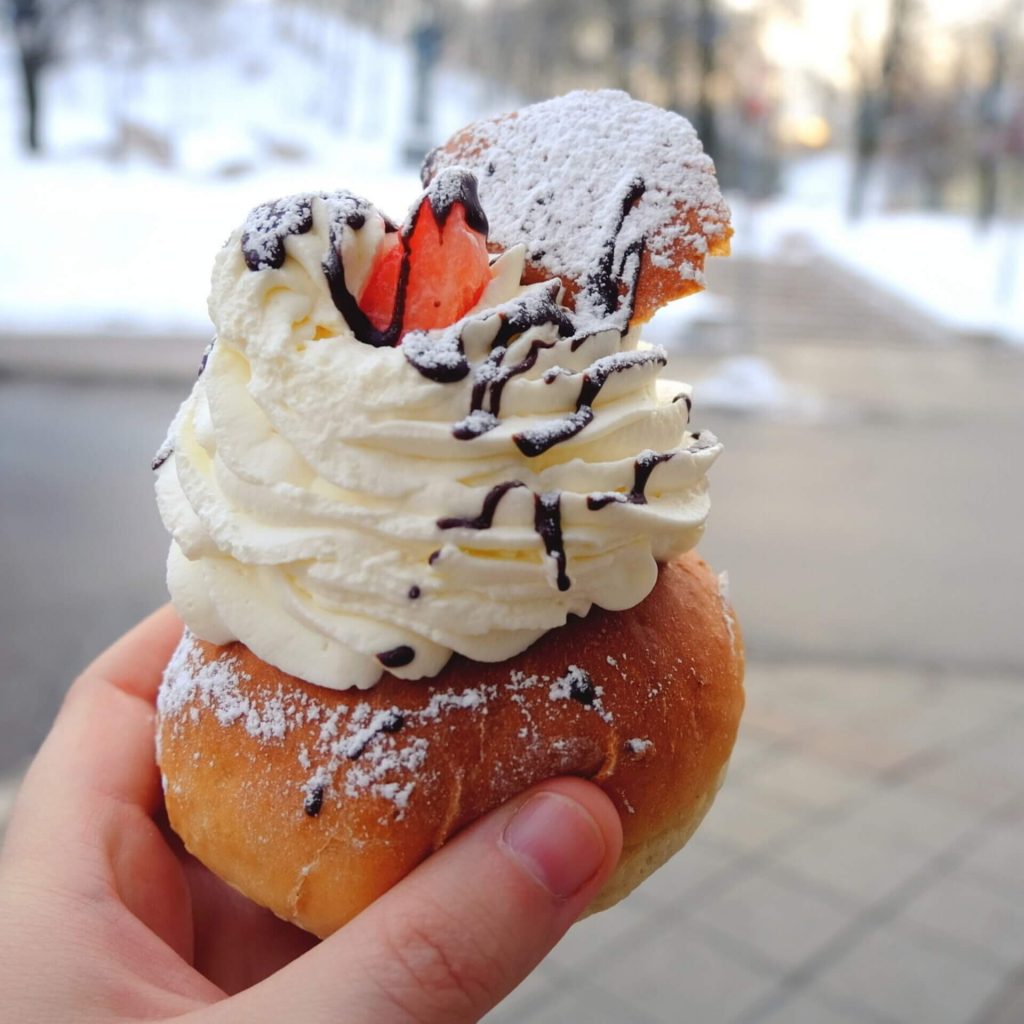
NIGHTLIFE IN TALLINN
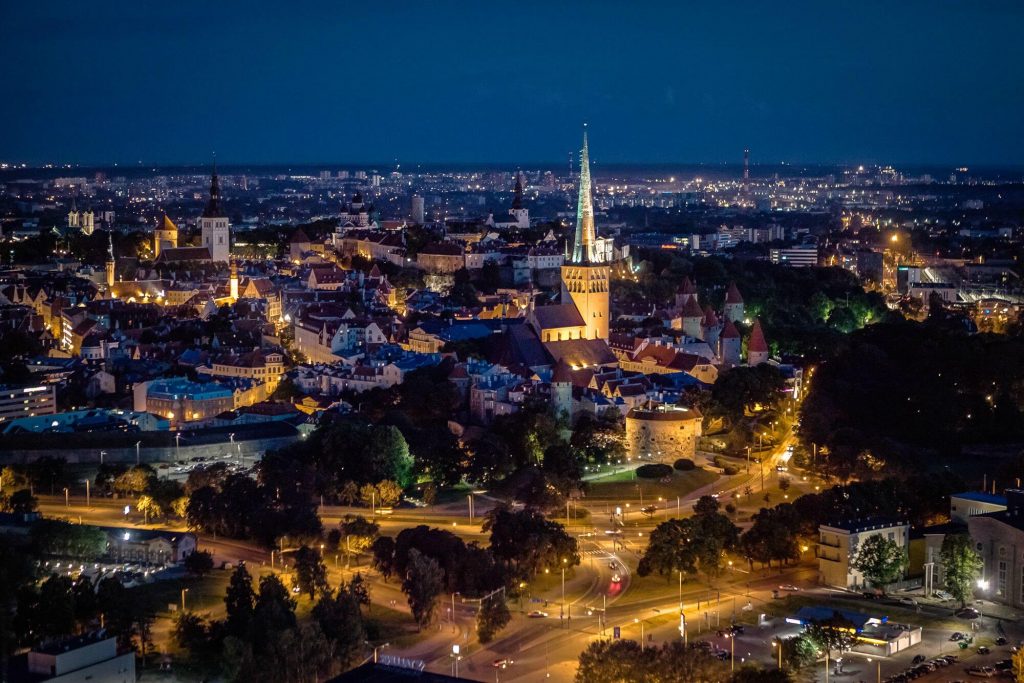
Where should you go to a party in Tallinn? You’re in luck since a lot is going on around town. Finding the ideal location or party for your music and people can be difficult, as parties tend to move from place to place, and nightclubs believe in drawing different individuals on various nights.
Classic nightclubs such as Privé, Pank, Club Hollywood, and Studio in the Old Town are always available, generally, open only on Fridays and Saturdays and showcasing a large crowd dancing to current beats. Teater and Venus, located on the edges of Old Town, have similar moods. Studio and Privécater are primarily for the ears of younger beats fans, typically including foreign electronica.
WHERE TO STAY IN TALLINN
Budget accommodation in Estonia is plentiful. Here are some of your favorite hostels in Estonia to help you save money and plan your trip:
- Old Town Munkenhof – Lennart Meri Tallinn Airport is 4.6 km away, and Tallinn Bus Station is 3.8 km from Old Town Münkenhof. The Baltic Train Station is 1.2 km away. One stay will cost € 14.
- Old Town Alur Hostel & Bar – Popular points of interest near the hostel include Town Hall Square, Tallinn Train Station, and Lennusadam Seaplane Harbour. The nearest airport is Lennart Meri Tallinn Airport, 6 km from Old Town Alur Hostel & Bar. You can stay here for one day just for € 16.
- 16 eur-Fat Margaret’s – Located in Tallinn’s center, 400 m from Raekoja Plats, and close to many restaurants and bars, this 16eur – Fat Margaret’s features free Wi-Fi, a shared kitchen, and a 24-hour reception. Nearby districts include Kalamaja and the Rotermanni Quarter; Tallinn Bay is just 400 m from the property.
- The Knight House – the 700-year-old building in which The Knight House Hostel is situated, is a UNESCO-listed monument. It is in the center of Tallinn’s Old Town, and Balti Jaam Train Station is 700 m away.
Helsinki to Tallinn Ferry (All You Need to Know)
What is the simplest and shortest way to travel between Tallinn, Estonia, and Helsinki, Finland? That’s correct; it’s the ferry (or rather, ferries) from Helsinki to Tallinn. Only 90 kilometers separate the two cities since the Gulf of Finland separates them.
Because the “check-in” process is significantly quicker than at the airport and the ports are close to the center of each town, it just takes two hours, making it faster than flying.
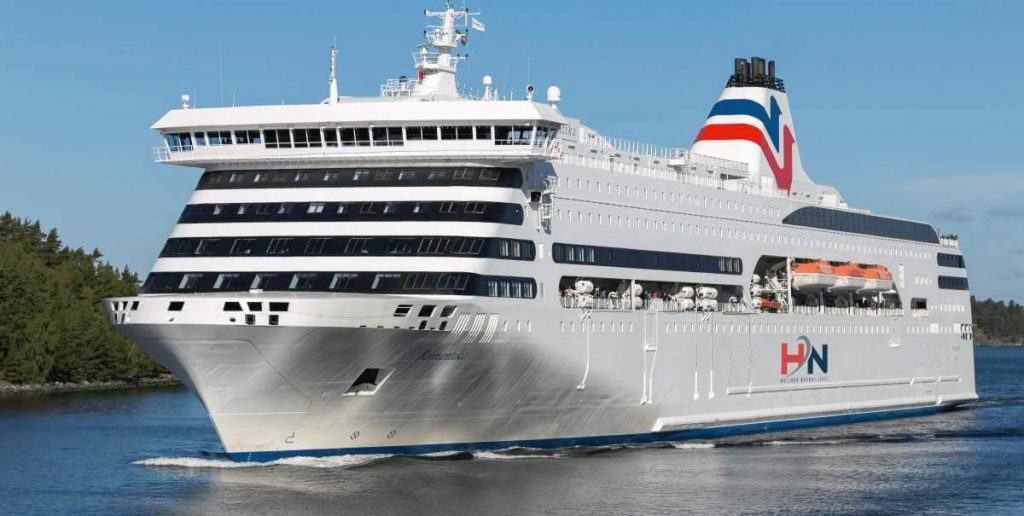
THE TOP PLACES TO VISIT IN TALLINN
1. Check Out Jagala Waterfall
I advise you to visit Jagala Waterfall if you rent a car and explore Tallinn’s environs. The tallest natural waterfall in Estonia, it has a fairly cool appearance. The drive on the Estonian roads, bordered by stunning Autumnal colors, is only about 30 minutes outside Tallinn’s city center, but it’s worth it. If you’ve never seen one, a frozen waterfall looks quite stunning. This waterfall can also freeze.
2. Alexander Nevsky Cathedral
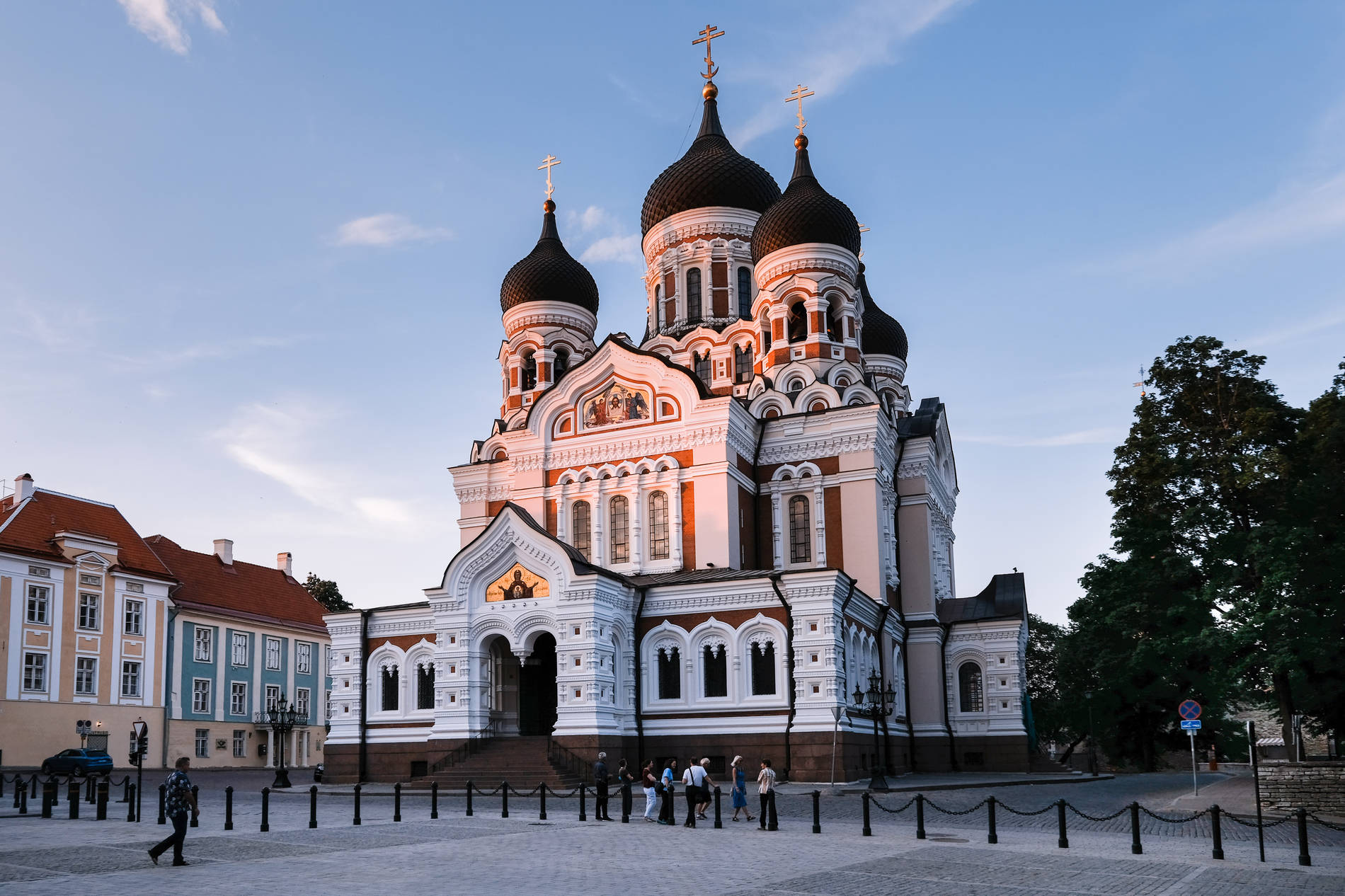
3. The Kadriorg Art Museum
This art museum’s outside is as renowned as its interior! In the summer, when the gardens are vibrant with color, this location is quite special. It’s a beautifully restored palace that once belonged to Russia and now houses some excellent artwork. Getting there by foot from the Old Town is simple and will take about 35 minutes. You can also use public transportation.
4. Toompea Castle

5. Danish King’s Garden
The Danish King’s Garden is one of Tallinn’s odd but beautiful sites. The region is where the Danish flag first appeared. A garden is still a place where the community pays tribute to Denmark’s historical contribution to Estonia. Additionally, there are eerie-looking monks scattered everywhere, and if you’ve seen Harry Potter, you’ll notice a resemblance to dementors.
Here you can find some of the greatest locations to visit in Tallinn on a budget, and it’s also completely free to explore!
6. St. Catherine’s Passage
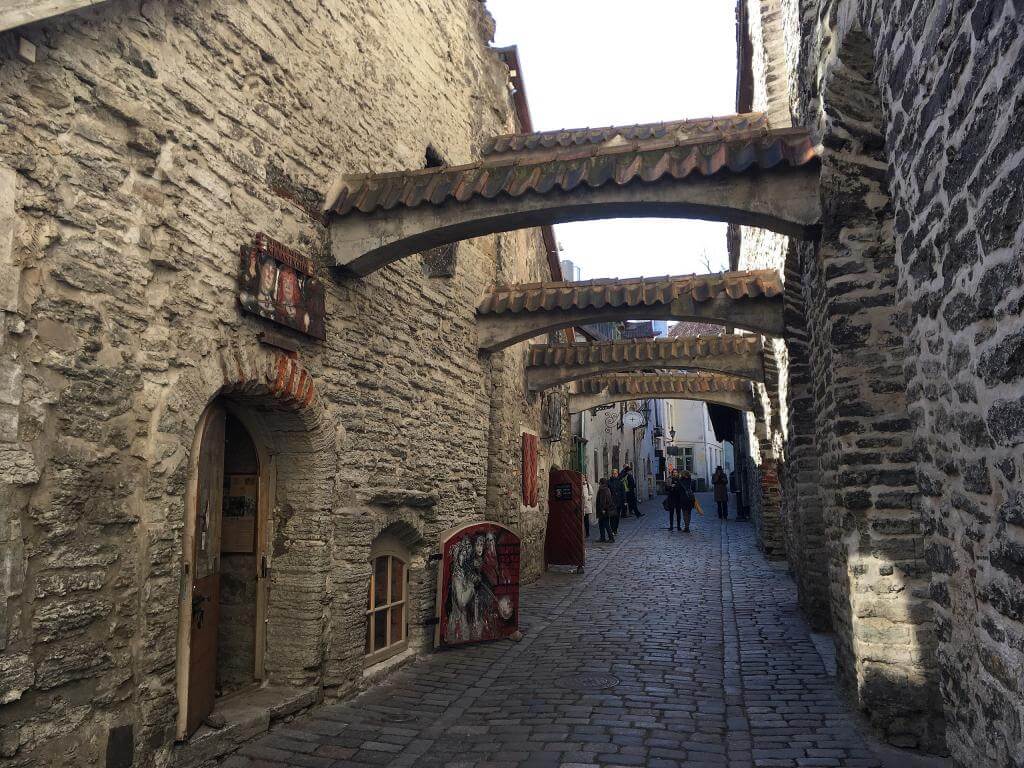
7. Viru Gate
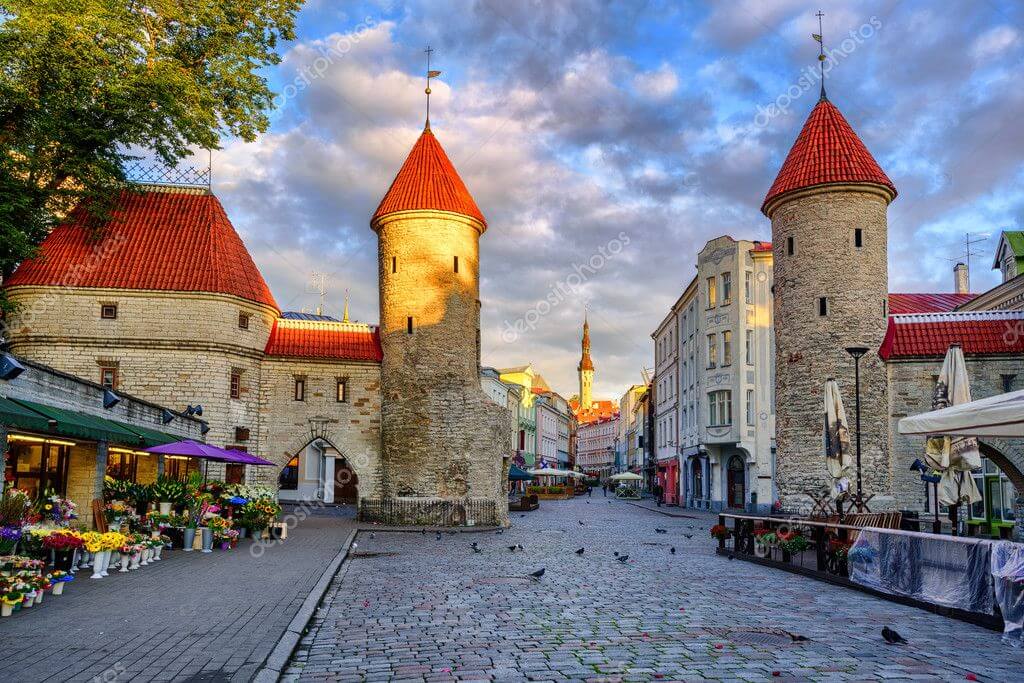
This is a good time to point out that Tallinn is a terrific destination for couples because the city has a highly romantic air.
8. Tallinn TV Tower

9. Tallinn Zoo
Tallinn Zoo was established in Tallinn, Estonia, in 1939. The only zoo in Estonia had 13,336 animals from 548 different species as of 2012. It has been the most popular zoo in the Baltic nations since 2009. There are more than 350 animal species represented, including 47 endangered species. You may help the animal kingdom’s preservation by going to the Tallinn Zoo. Click here for zoo ticket prices and more information.
TALLINN CITY MAP
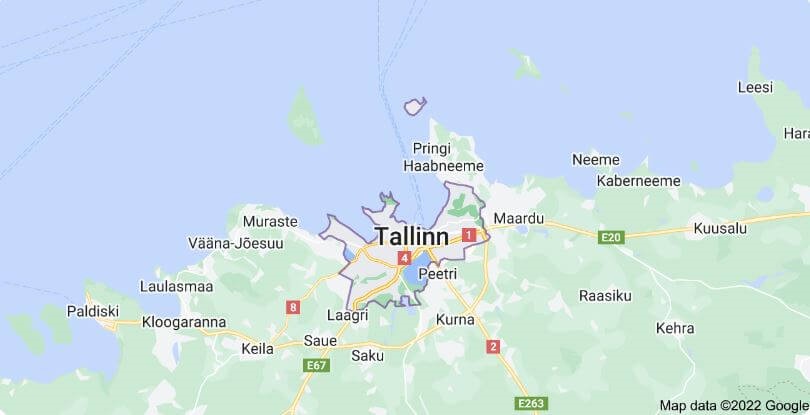
TALLINN CARD
If you’re trying to pack the most into your time in Tallinn, consider picking up the city pass Tallinn Card, good for 24hrs (€35), 48hrs (€52), or 72hrs (€63). Kids between 7 and 17 years old have a 50% discount. Additionally, Cardholders will gain free admission to over 50 museums and sights in the city, unlimited use of public transport and all sorts of fun bonuses and freebies at restaurants, shops, etc. Also, the card is available online and used on your smart device or a plastic card from major hotels, the airport, the harbour, and the Tallinn Tourist Information Centre (Kullassepa 4).
MONEY SAVING TIPS
Anyone looking for a cheap vacation spot can consider Estonia. Although it’s not as inexpensive as it once was, there is still a lot of value and methods to cut money here. Here are some suggestions I have for visiting cheaply:
- Take a Free Walking Tour – Tallinn offers a handful of free walking tours, which are great ways to familiarise yourself with the city and the culture. Most hostels offer them, and some even have a special focus (such as the city’s Communist past). Just be sure to tip your guide!
- Wild Camp – If you want to save money in Estonia, bring your tent, as wild camping is legal. You can pitch your tent on public land throughout Estonia. Just make sure to clean everything when you leave.
- Cook Your Meals – Many hostels have kitchen facilities so you can cook your meals. Buying your groceries may not be as glamorous as going out to eat, but it does save you money.
- Stay with a Local – Staying with a local via Couchsurfing is an excellent way to meet a knowledgeable local who can help you better understand the city and its people. You’ll make a friend, learn more about the destination, and get a free place to stay.
- Enjoy the Free Spaces – There are plenty of free parks and many free hiking trails around the country, Also, If you’re on a tight budget, enjoy the outdoors.
- Get an ISIC Card – To save 20-50% on admission to museums and other tourist attractions, be sure to present a valid student card. The ISIC is typically accepted in places where a foreign student ID is not.
- Get the Tallinn Card – This card provides unlimited use of public transportation, free admission to more than 40 attractions, as well as other discounts. It comes in 24-, 48-, and 72-hour passes for 28 EUR, 42 EUR, and 51 EUR, respectively.
Remember: if you wouldn’t do it at home, don’t do it in Estonia!
The most important advice I can offer is to purchase good travel insurance. Travel insurance protects you against illness, injury, theft, and cancellations. It’s comprehensive protection in case anything goes wrong. I never go on a trip without it as I’ve had to use it many times in the past. You can use the widget below to find the policy right for you:
FAQ
- Is Tallinn part of Russia?
Estonia, Latvia and Lithuania had been part of the Russian Empire since the end of the 18th century, but after the Russian Revolution of 1917, they became independent states.
- Is Tallinn worth visiting?
Although you should keep in mind that it is slightly overhyped, the Old Town is cute but not especially exciting; it’s extremely crowded, which can hamper your enjoyment, particularly of you come during summer. Visit Tallinn with an open mind but also a clear head.
- Do they speak English in Tallinn?
Throughout Estonia, you’ll find people willing and able to speak English. Besides English, Finnish and Russian are the most common languages.
- Are two days in Tallinn enough?
Also, If you don’t have a lot of time but still want to get a lot out of the city, then spending 2 days in Tallinn is certainly an option.
- Is Tallinn a good place to live?
Tallinn is one of Europe’s quintessential, classic capital cities with plenty of attractions and picturesque sights for wandering visitors. It is also one of the best digital nomad spots in Europe, offering a relatively low cost of living for EU standards, many cafes and co-working spaces and great visa opportunities.
- When should I go to Tallinn?
The best time to visit Tallinn is late Spring or summer when the weather is at its best. This is the time of year when Estonia’s Festivals start.
- Can you see Northern Lights in Tallinn?
Lahemaa National Park is the most northern of the places in Estonia where you can see the northern lights, based on local recommendations.
- Do I need a visa to go to Tallinn?
To travel to Estonia for a short trip lasting fewer than 90 days, you will need an Estonian Schengen Visa, as it is part of the Schengen Area of European countries that have abolished border controls between each other.
- What currency is in Estonia?
The currency of Estonia is the Euro.
- Which is the richest Baltic country?
“Baltic Tiger” is a term that refers to Estonia, in particular, as the richest and best-developed country.

